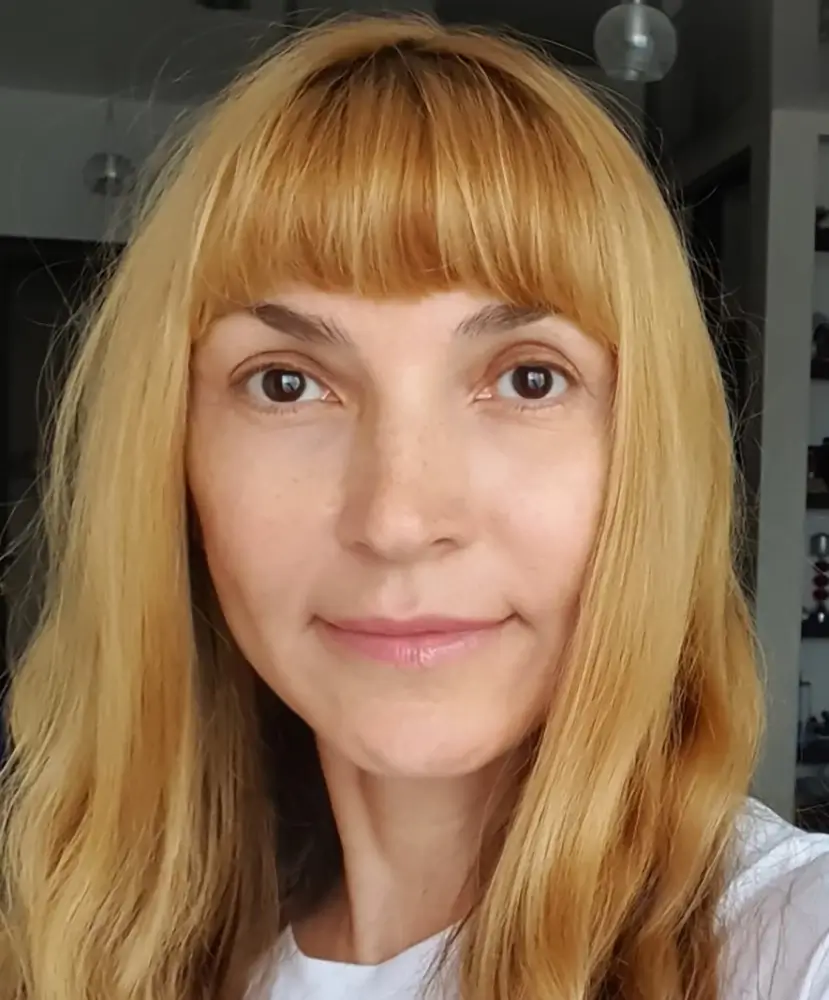I was born in a small village in Buryatia and have been surrounded by the beauty of this region since birth.
My parents worked in a geological expedition, which instilled in me a love of travel.
During my school years, I graduated from the School of Arts.
I have traveled extensively — to over 30 countries — and visited numerous museums and galleries, experiences that have fueled my passion for photography and helped me develop a refined artistic taste.
I have been actively engaged in photography for the past three years, specializing mainly in female portraits, while also exploring a variety of other genres.
AAP Magazine:
AAP Magazine 49: B&W